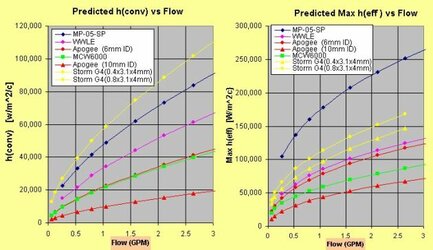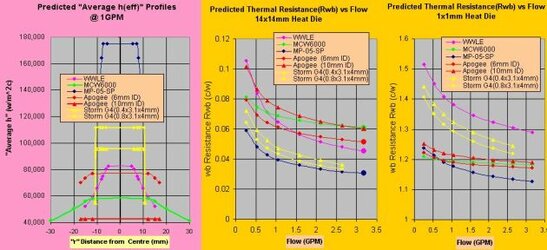- Joined
- Mar 18, 2002
- Location
- Omaha, somewhere in middle america
Fair enough, sounds like a good idea to me.
Just a question, what else matters, other than performance and max OC...
Thanks for the advice.
Just a question, what else matters, other than performance and max OC...
Thanks for the advice.


